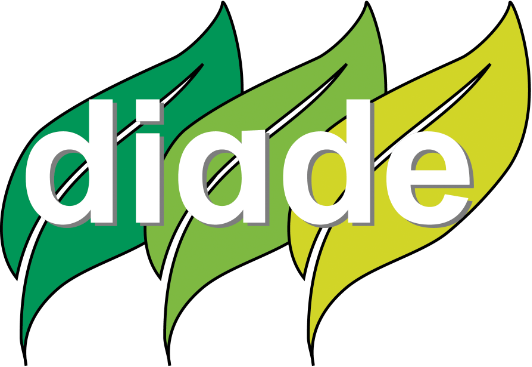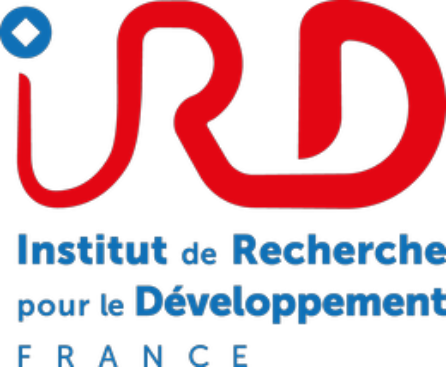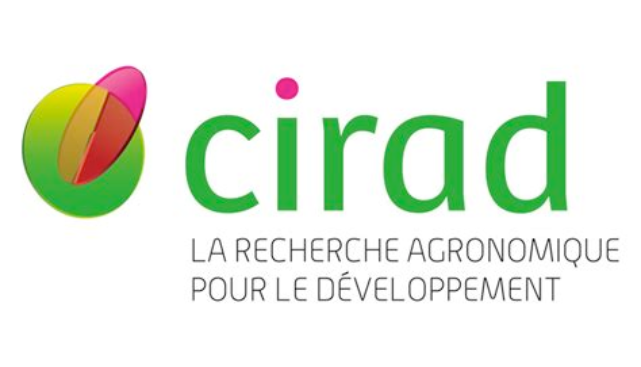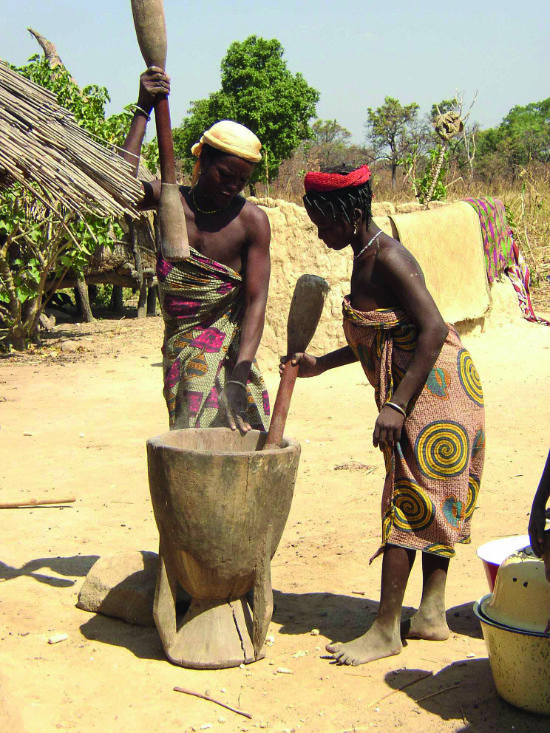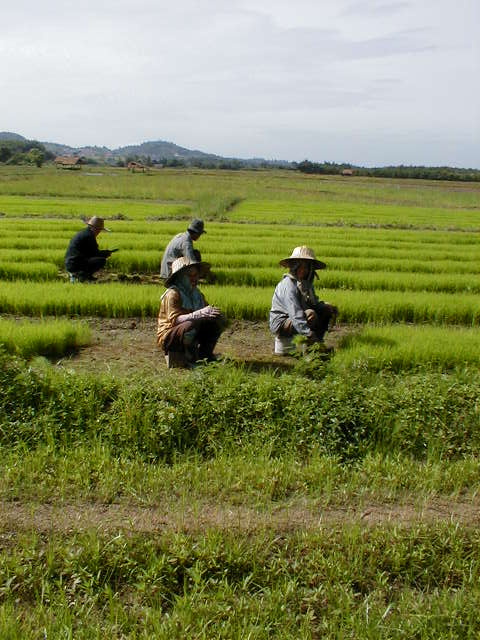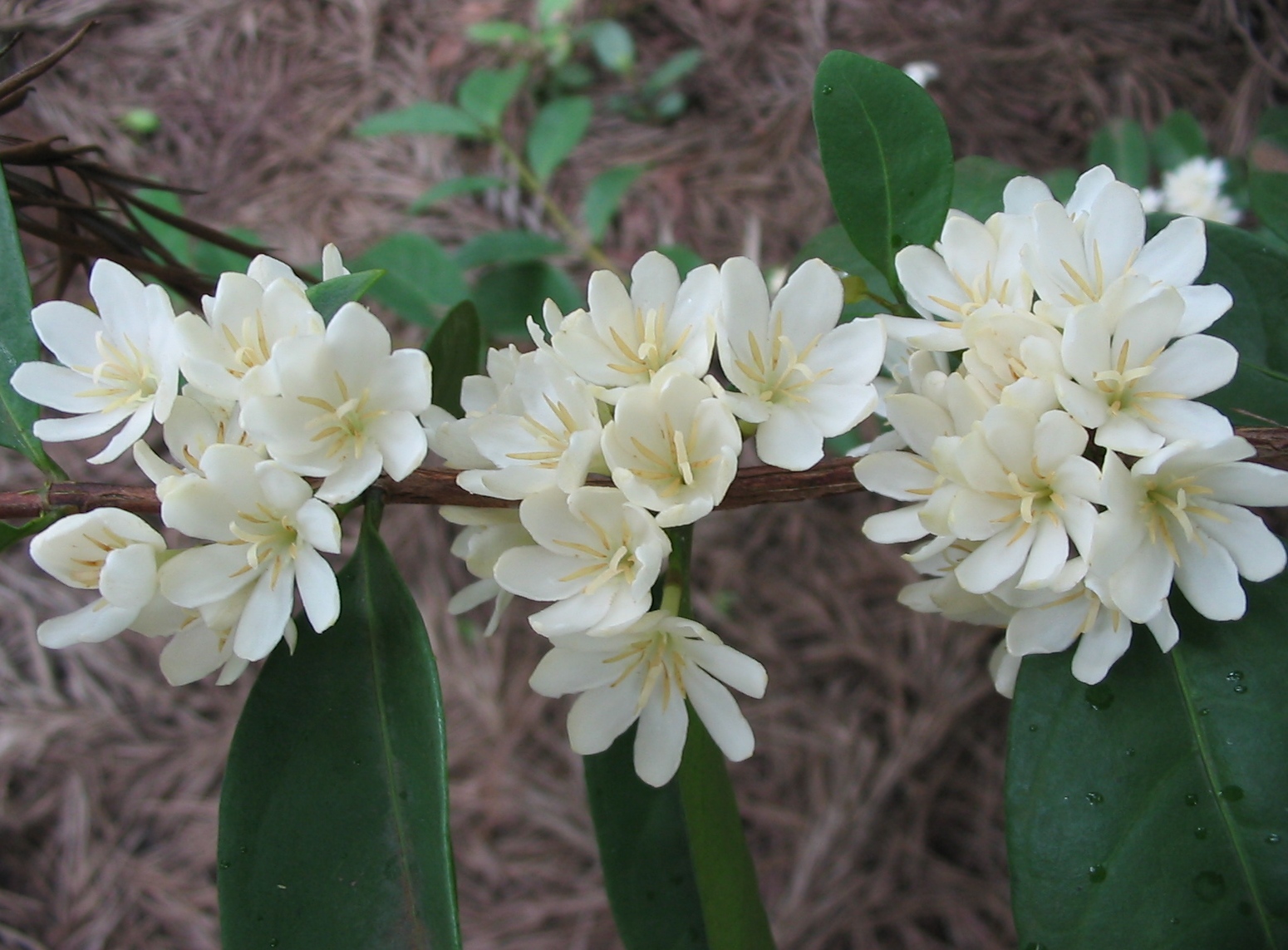Coordinator

Open-science exploratory project, supported by Agropolis Fondation under the reference ID 1605-032 through the « Investissements d’avenir » programme (Labex Agro:ANR-10-LABX-0001-01) »
Context: Apomixis is a clonal mode of seed formation occurring naturally in many plant species but not in major crop plants. Apomixis could revolutionize breeding practices, allowing rapid fixation of hybrid genotypes. Despite recent progress in deciphering genetic and epigenetic contributions to apomixis, the mechanisms differentiating sexual from apomictic reproduction remain poorly understood. Notably, we ignore the impact of female reproductive organ architecture on apomixis.
Objectives: To test our morphogenetic hypothesis, the main objective is to set up a live imaging protocol of maize early ovules and anthers, to compare wild-type and apomixis-like mutants, identified in our team. This protocol must be flexible enough to be adapted to study natural apomictic, such as aposporous Paspalum, a forage plant of agronomical importance in Latin America.
Apomivie project is related to the ANR-SNF collaborative project IMAGO, focusing on Arabidopsis early ovule architecture. Using this model, we have shown a functional link between perturbations of cellular growth parameters of the ovule and apomictic-like development.
Expected results: The project exploits an original imaging tool developed in Labex Agro, combining multiphoton microscopy and serial sectioning (Partner 2, PHIV, CIRAD / UMR AGAP, Labex AGRO). This combination greatly optimizes multiphoton live-imaging capacity for large samples, mainly by avoiding dissection steps and sample drift.
Using this approach, further improved by the construction of a custom imaging chamber, we aim at monitoring the dynamics of the first developmental events diverging between sexual and apomictic programs.
In this project, we will address different classes of apomictic development, i.e. aposporous and diplosporous development, taking advantage of maize mutants mimicking apomixis we recently described. We aimed at generating the following datasets:
1. Time-series of early ovule development during MMC specification, in sexual wild-type maize and mutants developing multiple female germ cells, thus mimicking apospory.
2. Time-series of early anthers and ovules during meiosis, in wild-type maize and a mutant with abnormal mitosis-like meiosis, mimicking diplospory.
The genericity of the protocol will be then tested in Paspalum.
People:
D. Autran – Coordinator (REDG, DIADE, IRD)
G. Conejero – Co-Coordinator, Plateforme d'Histologie et d'Imagerie Cellulaire Végétale (CIRAD/AMAP)
J.L. Verdeil - PHIV (CIRAD/AMAP)
M. Lartaud - PHIV (CIRAD/AMAP)
C. Michaud – (REDG, DIADE, IRD)
D. Grimanelli – (REDG, DIADE, IRD)
